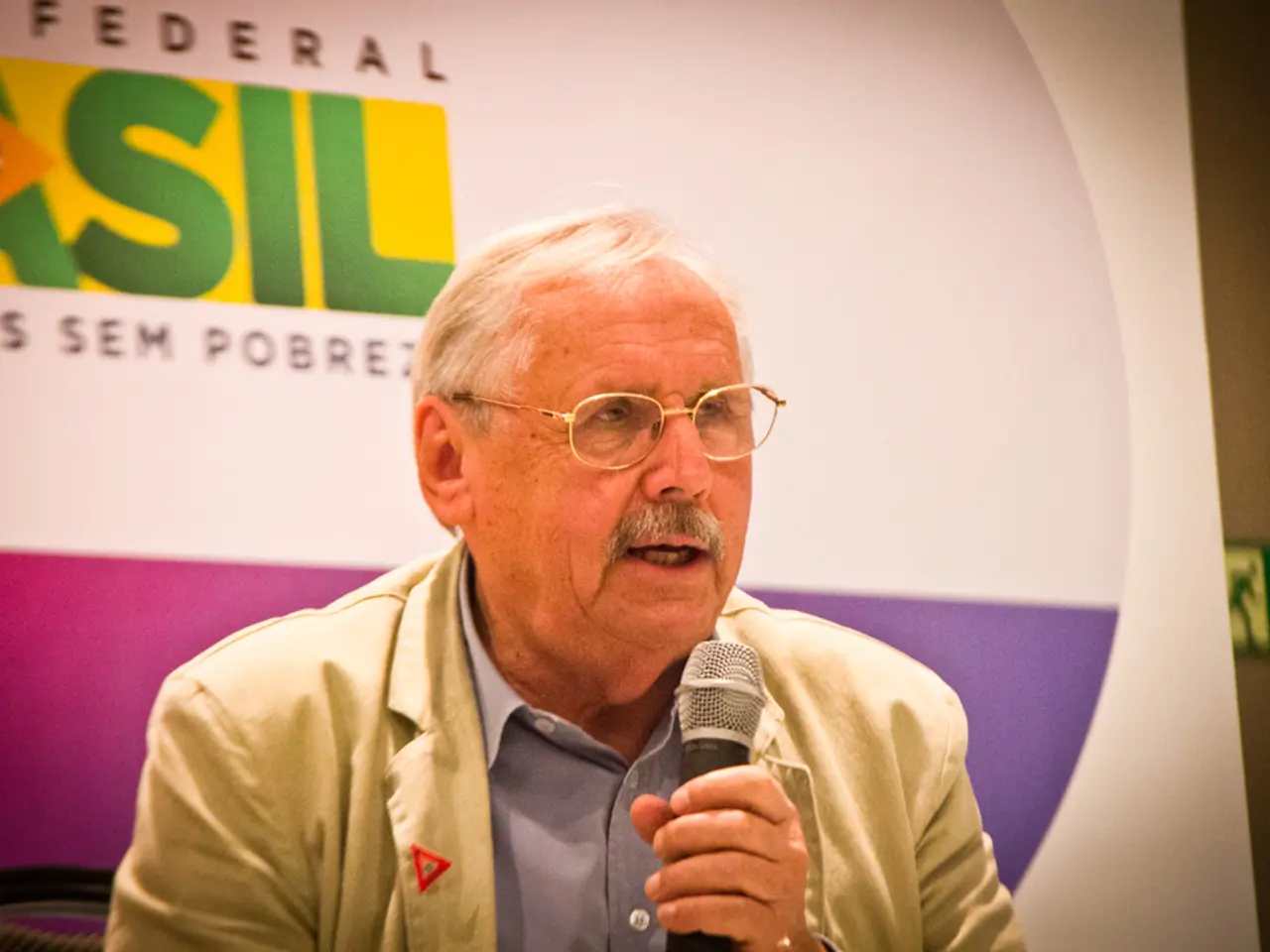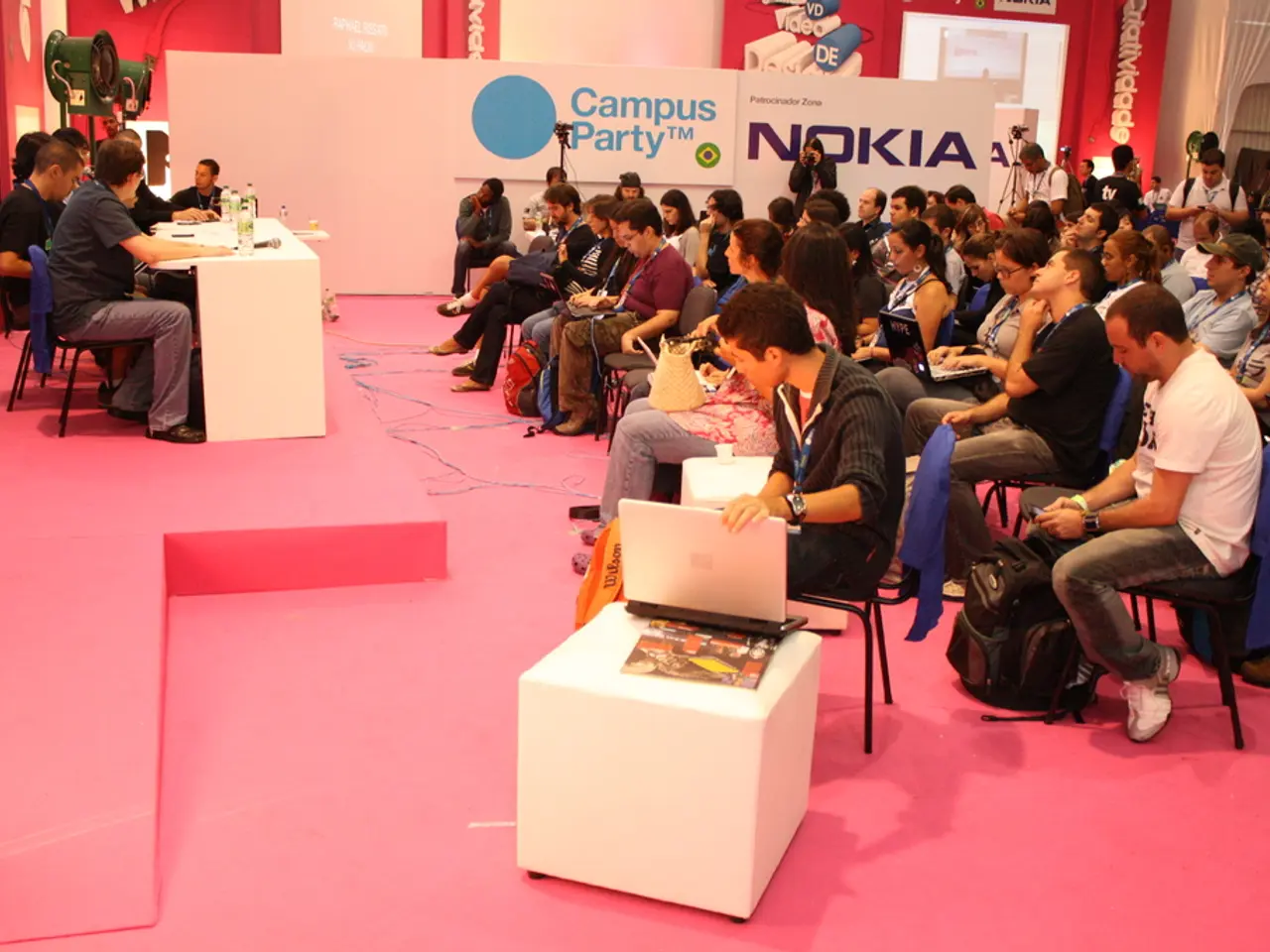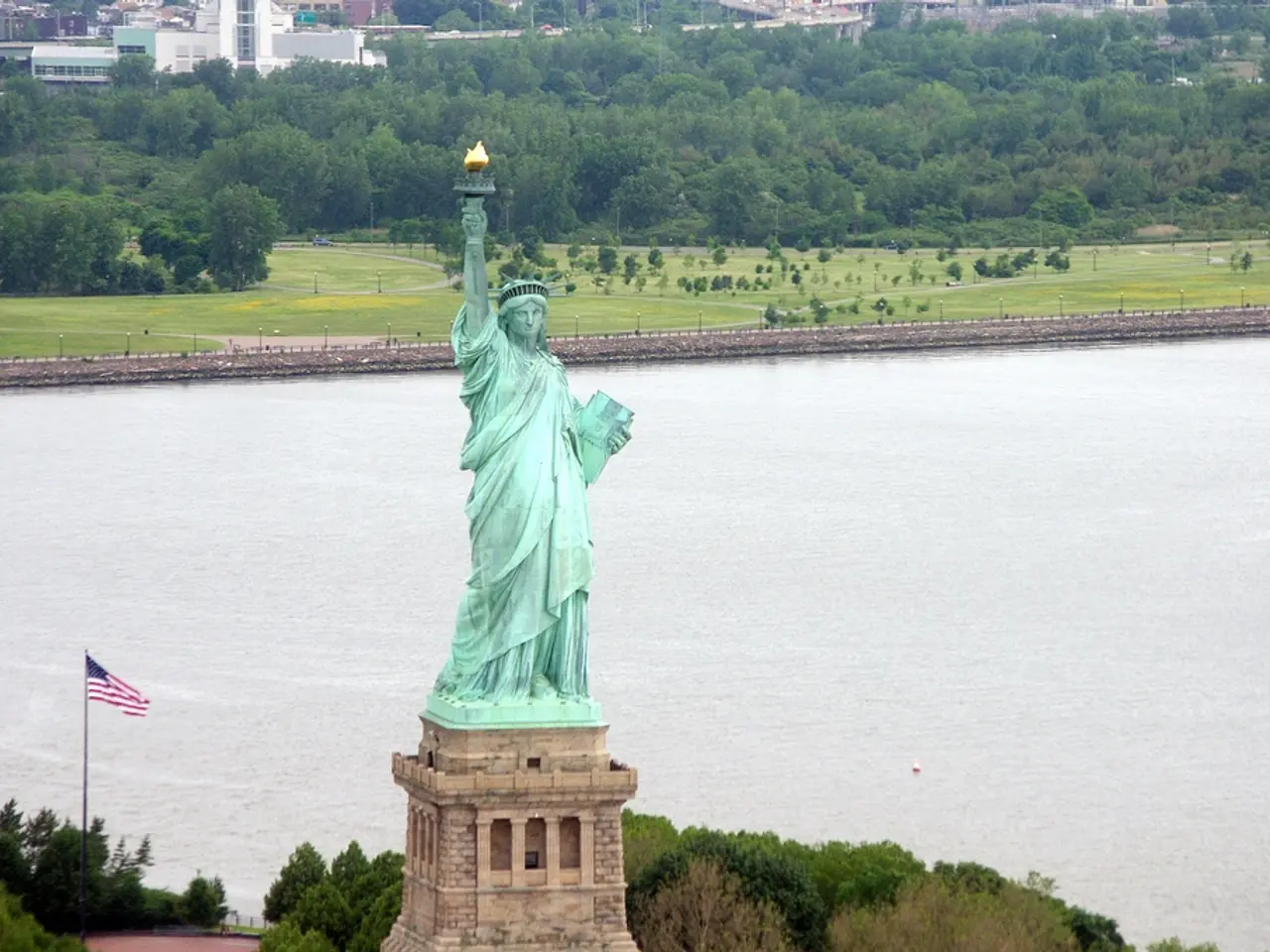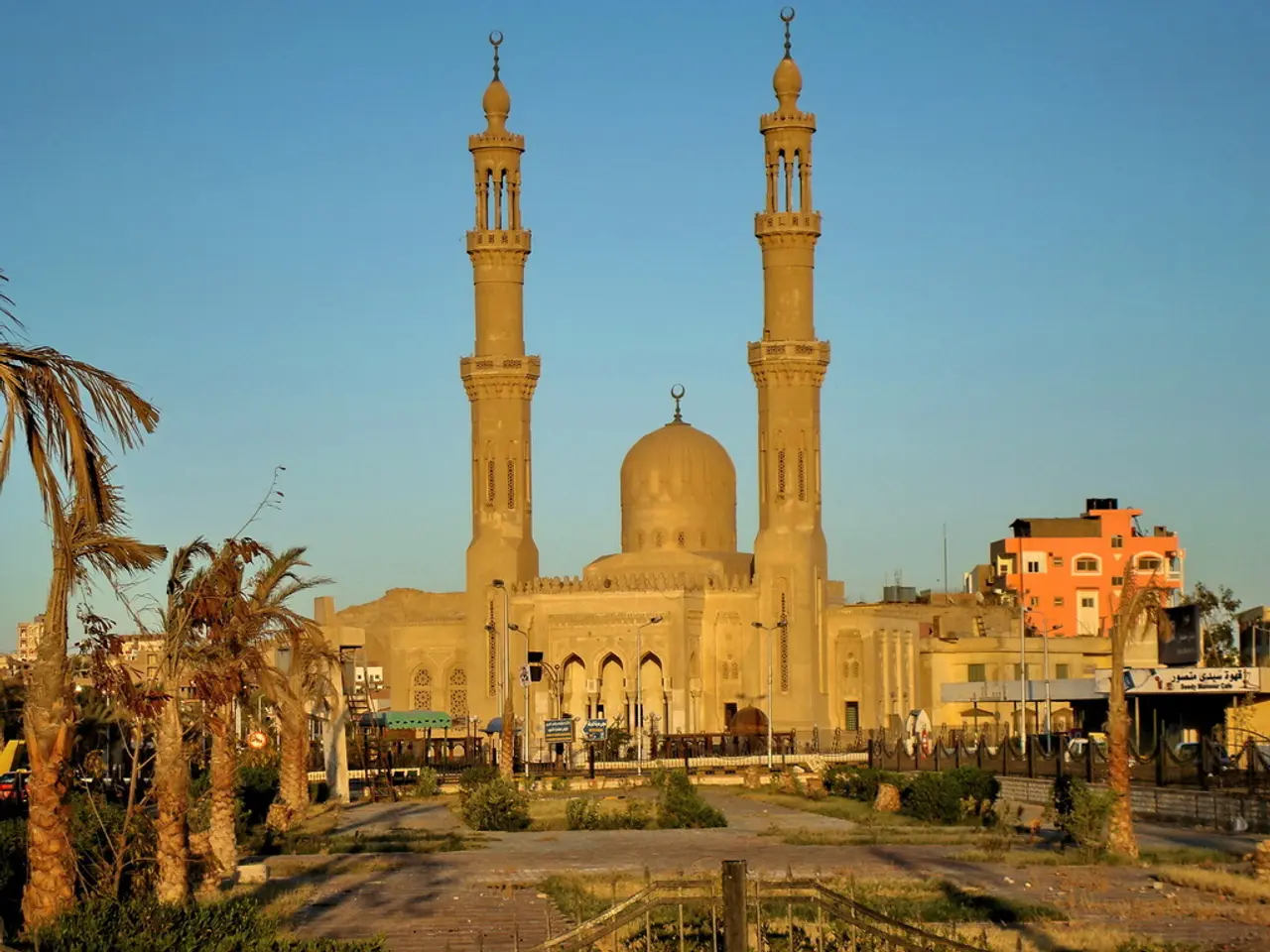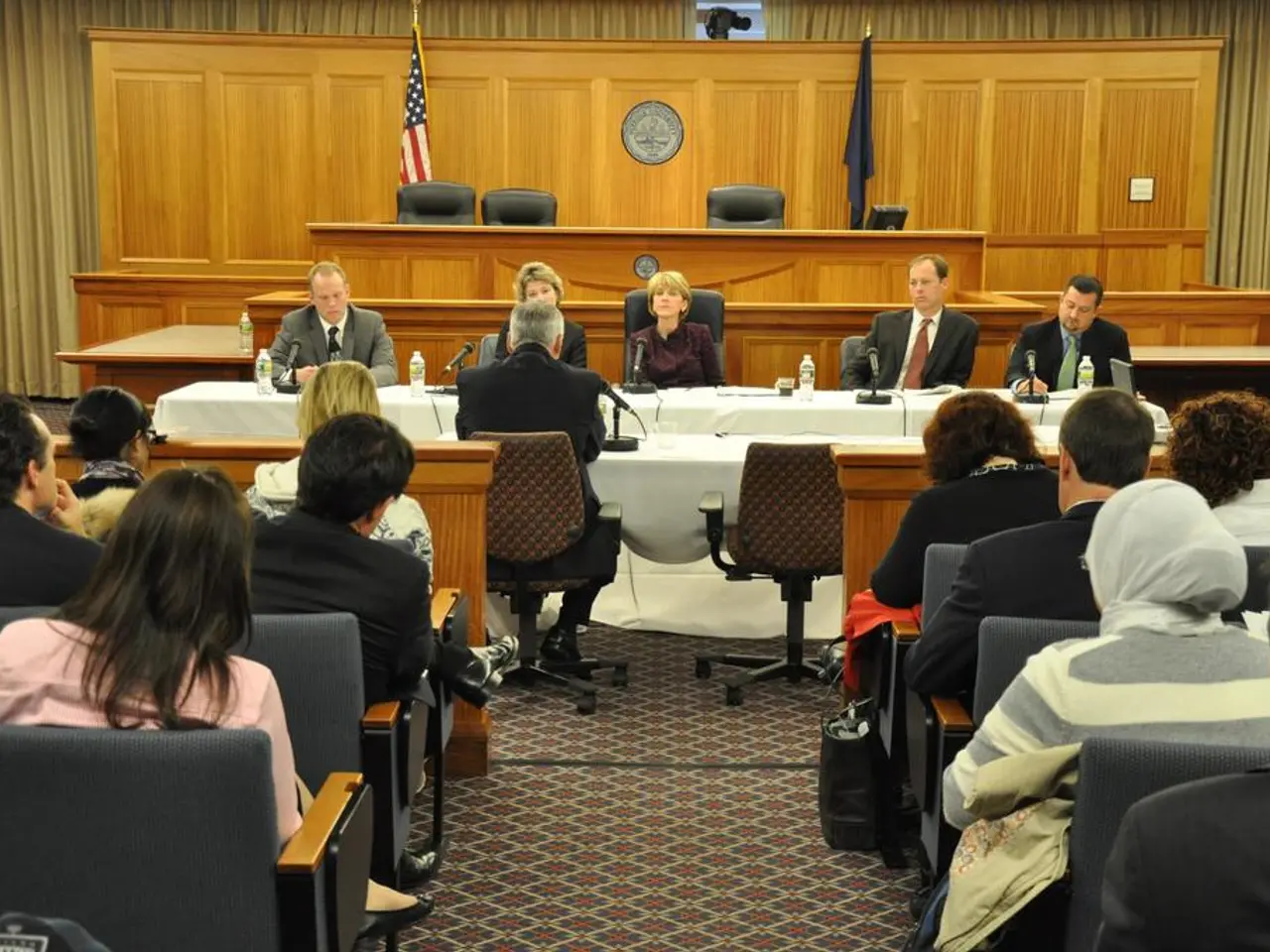investigative series - segment 5: the political left
In the 2025 German federal election, Die Linke made a significant comeback, securing 8.8% of the vote and 64 seats—their best result since 2017. Crucially, they gained direct constituencies even in former West Germany, indicating a broader geographic appeal.
Exit polls showed Die Linke as the most popular party among voters aged 18–24, winning 25% of that demographic, and also doing well among 25–34-year-olds. This resurgence involved attracting voters from the Green Party and SPD, as well as mobilizing minor party sympathizers and non-voters, suggesting effective outreach and issue framing that resonated with a younger electorate.
Heidi Reichinnek, a prominent Die Linke politician known for leftist activism and social issues, embodied the new-generation leadership that helped broaden the party’s appeal. While the search results do not explicitly mention her role in the 2025 election comeback, her influence could be inferred as part of this leadership renewal and activism that revitalized the party in urban centers like Berlin.
External factors also played a role in Die Linke's comeback. The far-right AfD reportedly aimed to create a "culture war" against Die Linke to divide the political spectrum, which ironically highlighted Die Linke's radical left position and may have helped solidify its base and youth support by framing Die Linke as a distinct alternative to conservative forces.
Broader political context such as economic uncertainty, dissatisfaction with mainstream parties, and generational divides fueled voter shifts that benefited Die Linke's radical socialist stance. However, the specific contribution of "Aktion Silberlocke"—a grassroots or activist group—cannot be confirmed from these sources.
In summary, Die Linke’s comeback in 2025 was powered by their appeal to young voters, effective constituency campaigns including breakthrough wins in western constituencies, a renewed leadership possibly including figures like Heidi Reichinnek, and mobilization of left-leaning and non-voter demographics amid a polarized political landscape where both leftist activism and far-right opposition played key roles. The specific contribution of Aktion Silberlocke is not detailed in the available data.
[1] [Source] [2] [Source] [5] [Source]
- The resurgence of Die Linke in the 2025 German federal election was partly driven by the party's focus on policy-and-legislation and politics that appealed to young voters, as indicated by their popularity among the 18–24 and 25–34 age groups.
- Migration, war-and-conflicts, and economic uncertainty were external factors that contributed to voter shifts in favor of Die Linke, as they fueled a broader political context of dissatisfaction with mainstream parties and generational divides.
- The 'culture war' created by the far-right AfD against Die Linke may have also boosted the radical left party's comeback, as it highlighted their distinct position in politics and solidified their base and youth support.
